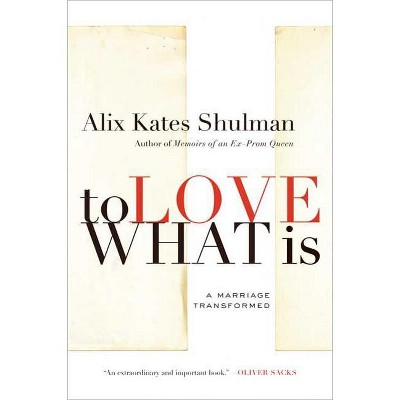Sponsored

Competition - by James Case (Paperback)
In Stock
Sponsored
About this item
Highlights
- What do chess-playing computer programs, biological evolution, competitive sports, gambling, alternative voting systems, public auctions, corporate globalization, and class warfare have in common?
- About the Author: James Case holds a PhD from the University of Michigan, has taught at a number of universities and worked in private industry, and is the regular book reviewer for SIAM News of the Society for Industrial and Applied Mathematics.
- 368 Pages
- Science, General
Description
About the Book
Examines the common game-theoretical strands that tie seemingly unrelated fields of competitive activities together in a study that makes sense of a new paradigm of scientific thinking that the author refers to as the emerging science of competition.Book Synopsis
What do chess-playing computer programs, biological evolution, competitive sports, gambling, alternative voting systems, public auctions, corporate globalization, and class warfare have in common? All are manifestations of a new paradigm in scientific thinking, one that the author calls "the emerging science of competition." Drawing in part on the pioneering work of mathematicians such as John von Neumann, John Nash (of A Beautiful Mind fame), and Robert Axelrod, James Case explores the common game-theoretical strands that tie these seemingly unrelated fields together, showing how each can be better understood in the shared light of the others. Not since James Gleick's bestselling book Chaos brought widespread public attention to the new sciences of chaos and complexity has a general-interest science book served such an eye-opening purpose. Competition will appeal to a wide range of readers, from policy wonks and futurologists to former jocks and other ordinary citizens seeking to make sense of a host of novel--and frequently controversial--issues.
Review Quotes
"The implications for economic thought are stunning." --Louis Galambos, John Hopkins University
About the Author
James Case holds a PhD from the University of Michigan, has taught at a number of universities and worked in private industry, and is the regular book reviewer for SIAM News of the Society for Industrial and Applied Mathematics.











